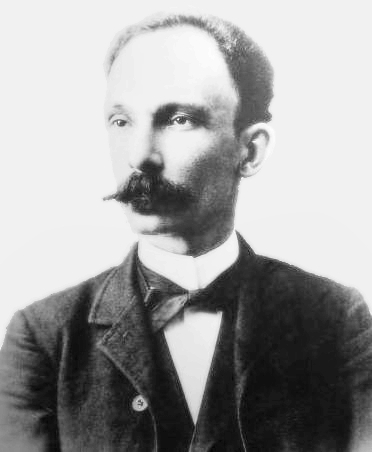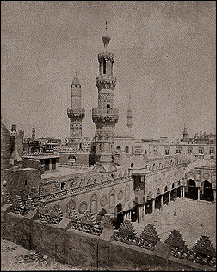
 Guinea 500 Francs 2006 UNC
Guinea 500 Francs 2006 UNCFront:
Back:
An Educational portal with various pictures of banknotes and information. All the banknotes on this site is exclusive property of Encyclobanknotes.


 José Martí is a poet, writer, nationalist leader. Through his writings and political activity, he became a symbol for Cuba's bid for independence against Spain in the 19th century. Martí was the elder brother to seven sisters: Leonor, Mariana, Maria de Carmen, Maria de Pilar, Rita Amelia, Antonia and Dolores. His father worked as a prison guard in Santa Clara.
José Martí is a poet, writer, nationalist leader. Through his writings and political activity, he became a symbol for Cuba's bid for independence against Spain in the 19th century. Martí was the elder brother to seven sisters: Leonor, Mariana, Maria de Carmen, Maria de Pilar, Rita Amelia, Antonia and Dolores. His father worked as a prison guard in Santa Clara. Ramesses II: one of four external seated statues at Abu Simbel
Ramesses II: one of four external seated statues at Abu Simbel  Al-Azhar, photo of the old Mosque. Cairo, Egypt
Al-Azhar, photo of the old Mosque. Cairo, Egypt 
 Egypt 50 Piastres 07.06.1995 (1995 - 2002) UNC
Egypt 50 Piastres 07.06.1995 (1995 - 2002) UNC
 Egypt 5 Piastres 1940 UNC
Egypt 5 Piastres 1940 UNC
 Egypt 25 Piasters
Egypt 25 Piasters